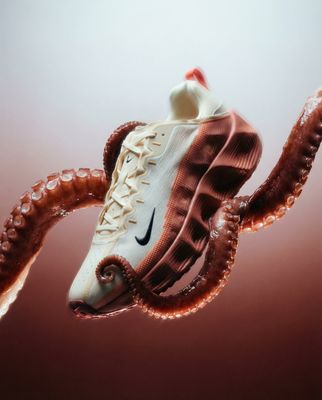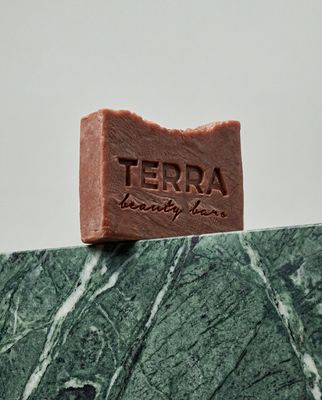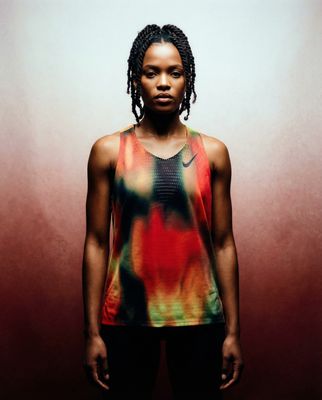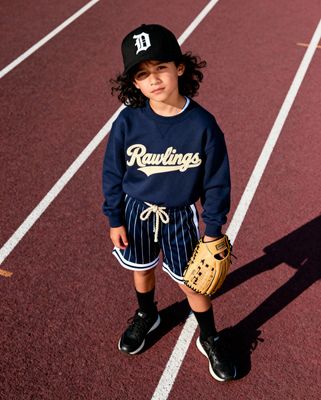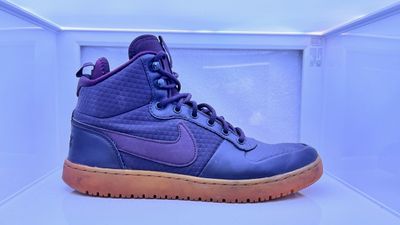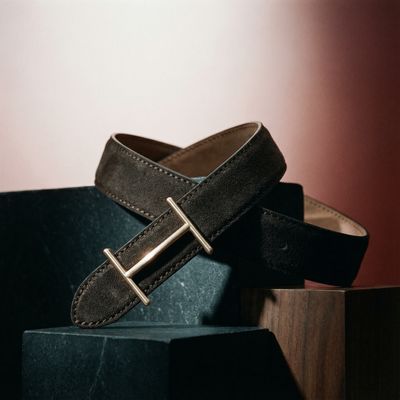Everything about the color Puce
The meaning of the color puce and color combinations to inspire your next creation.
Browse images in the color puce
What color is puce?
Puce is a muted, brownish-pink color that sits between pink and brown on the color wheel. It evokes a vintage, antique feel and is often associated with subtle elegance and sophistication.
What are similar colors to puce?
For variations within the same muted and vintage spectrum as puce, consider:
- Mauve (#E0B0FF) shares puce's soft, muted quality with a more purple undertone, offering a gentle and romantic vibe.
- Taupe (#483C32) is similar to puce with its earthy, neutral tones, providing a grounded and sophisticated appearance.
- Dusty Rose (#DCAE96) closely resembles puce with its blend of pink and brown, evoking a nostalgic and gentle essence.
What color goes with puce?
To complement puce's vintage and muted tones, consider pairing it with:
- Ivory (#FFFFF0) enhances puce's subtlety with its soft, neutral hue, creating a classic and elegant combination.
- Sage (#BCB88A) provides a refreshing, green-tinged balance that complements the muted warmth of puce.
- Lavender (#E6E6FA) adds a touch of elegance with its soothing, purple-tinged hue, enhancing puce's romantic qualities.
- Mint (#F5FFFA) offers a crisp, cool contrast that looks good with the vintage charm of puce.
What color conflicts with puce?
To avoid clashing with puce's muted elegance, consider avoiding:
- Black (#000000) can overpower the softness of puce.
- White (#FFFFFF) risks washing out the subtle tones of puce.
- Gray (#808080) could dull the vintage charm of puce.
- Beige (#F5F5DC) may neutralize the unique warmth of puce.
- Cream (#FFFDD0) risks washing out the subtlety of puce.
What does the color puce represent?
Puce often symbolizes sophistication and understated elegance, evoking a sense of nostalgia and vintage charm. In color psychology, puce can represent stability and reliability, offering a calming and reassuring presence. In art and design, puce is used to create a sense of warmth and subtlety, often adding depth and a touch of vintage allure to compositions.
What's the history of puce?
The name "puce" comes from the French word for "flea," as the color is said to resemble the bloodstains left by fleas on linen. It gained popularity in the 18th century, particularly in France, where it was favored by Marie Antoinette. In modern times, puce is used in fashion and interior design to convey a sense of vintage elegance and sophistication.
Color Variations
Shades
Tints
Hues
Color Palettes
Monochromatic
Complementary
Analogous
Triadic
Tetradic
Images with puce color
Color Conversions
#CC8899rgb(204, 136, 153)rgb(80%, 53%, 60%)0, 33, 25, 20hsl(345, 40%, 67%)345, 33, 80#CC889964, 28, 239, 33, 3464, 28, 311001100, 10001000, 10011001Color(red: 0.8, green: 0.5333333333333333, blue: 0.6)UIColor(red: 0.8, green: 0.5333333333333333, blue: 0.6, alpha: 1.0)Color(0xFFCC8899)

